74 F. maximum temperature yesterday in the Twin Cities.
82 F. average high on August 10.
91 F. high on August 10, 2016.
August 11, 1899: A lightning bolt from 'clear skies' destroys a storefront in Fisher, Polk County. It is possible for lightning bolts to extend outward from nearby storms, striking locations that appear safe under blue skies.
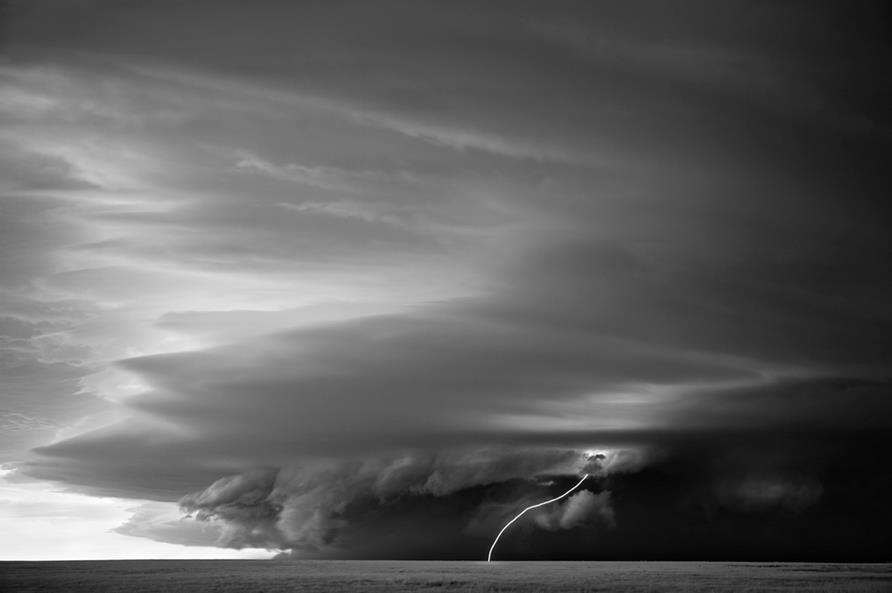
Gentle Reminder: Every T-storm Is Dangerous
There's a pernicious, pervasive belief that technology will save us - from ourselves. I'm not so sure. Apps on smartphones are great, but no replacement for common sense.In recent years I've run into coaches who don't evacuate the ball field until and unless "they can see lightning". Thunder? Rain? No problem - let the kids play!
That's risky, considering any rumble of thunder implies that lightning is nearby. Lightning can travel up to 10 miles, horizontally. And just because the rain has stopped doesn't mean the lightning risk has passed. It's smart to wait at least 30 minutes after the last thunderclap before heading back out onto the field. Remember the "30-30 Rule".
There have been 12 lightning fatalities across the USA this year. It pays to be paranoid.
No complaints today or tomorrow; the nicer day of the weekend. A wrinkle of cold air aloft sparks a few pop-up T-storms on Sunday; a couple hours of showers. Summer is on full display next week with a streak of 80s - the best chance of T-storms Wednesday & Friday.
All in all a fairly quiet, benign, reasonable weather pattern. No complaints!
Photo credit: Mitch Dobrowner.
Lightning Fatalities in 2017, To Date. 5 lightning-related deaths so far in Florida, which is still the most lightning-prone state in the USA. More details via NOAA.
Wettest 12 Month Period on Record. The Twin Cities office of the National Weather Service tweeted this out yesterday. 40.72" precipitation (rain and melted snow) since August of 2016, making this the wettest 12-month period since 1837.
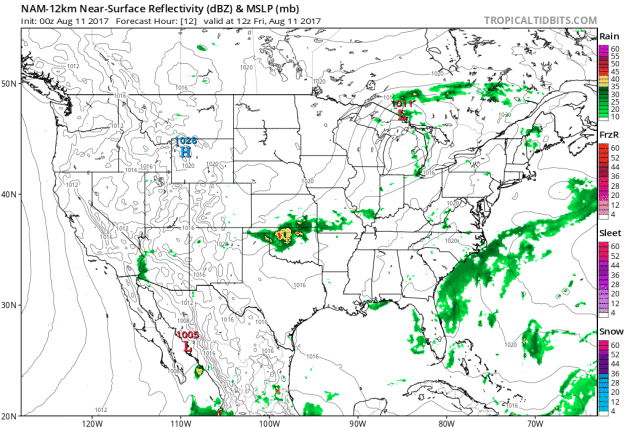
It Wasn't Even a Hurricane, But Heavy Rains Flooded New Orleans as Pumps Faltered. The Washington Post reports: "...Panic and rough memories have surfaced across New Orleans this week as residents cope with yet another reminder that parts of the city sit as much as seven feet below sea level. And even though U.S. taxpayers have spent nearly $15 billion rebuilding the city’s flood protections since 2005, few here are confident the fixes can keep the city dry for long. Unlike during Hurricane Katrina, the problem over the weekend wasn’t the 133 miles of levees and flood walls that protect New Orleans from the tidal surges of the Gulf of Mexico or Lake Pontchartrain, which hangs over the northern and eastern edge of the city. Instead, parts of New Orleans were underwater because the city’s hundreds of miles of drains and pumps couldn’t bail rainwater fast enough..."
Photo credit: "The Circle Food Store was engulfed in floodwater in New Orleans on Saturday. Officials in New Orleans say heavy rainfall overwhelmed the city's pump stations." (Brett Duke/NOLA.com/Times-Picayune/Associated Press).
Photo credit: "A small boat transports flood victims down Old Hammond Highway in east Baton Rouge on Aug. 14, 2016." Credit: Travis Spradling/The Advocate.
Insurer: Miami Is More Vulnerable to Hurricanes Like Andrew. Here's an excerpt from a story at AP: "Almost 25 years have passed since a Category 5 hurricane struck south of Miami, and the city’s vulnerability to catastrophic storm damage has grown exponentially, according to a new insurance underwriters’ analysis. At the time, Hurricane Andrew was the most expensive natural disaster in U.S. history, causing more than $26 billion of damage in Florida’s most populous areas, including $15.5 billion in insurance payouts. Stringent building code enforcement followed in Miami, but so did population growth, coastal development and climate change. “Our concerns lie with the fact that even though we’ve made good changes, 25 years later you have a much larger population living in Florida, and people forget what can happen or they don’t know what could happen,” said Monica Ningen, chief property underwriter for the U.S. and Canada at Swiss Re..."
File photo credit: "In this Aug. 25, 1992, file photo, rows of damaged houses sit between Homestead and Florida City, Fla. Almost 25 years after Hurricane Andrew struck south of Miami, a new insurance underwriters’ analysis says the city’s vulnerability to another Category 5 hurricane has grown exponentially." (AP Photo/Mark Foley, File)
NOAA: "Active Hurricane Season" Ahead. Here's an excerpt of a tropical update/forecast that went out from NOAA NHC on Wednesday: "Today, NOAA issued the scheduled update for its 2017 hurricane season outlook. Forecasters are now predicting a higher likelihood of an above-normal season, and they increased the predicted number of named storms and major hurricanes. The season has the potential to be extremely active, and could be the most active since 2010. Forecasters now say there is a 60 percent chance of an above-normal season (compared to the May prediction of 45 percent chance), with 14-19 named storms (increased from the May predicted range of 11-17) and 2-5 major hurricanes (increased from the May predicted range of 2 to 4). A prediction for 5 to 9 hurricanes remains unchanged from the initial May outlook..."
Gambling with Mother Nature. People living on or near the coast are already gambling, and the risks are only increasing as water levels continue to rise. Here's an excerpt from The Miami Herald: "For Floridians with no debt on their homes by or near the water, dropping the flood or other insurance previously required by their mortgage lenders could become a greater and greater gamble over time — especially if they live in areas affected by rising tides and sea level. Sunshine State homeowners who must insure their properties are buying policies from an industry that already is reacting to what it sees as global climate change — and its accompanying potential for more frequent flooding and storms and escalating damage claims. That reaction is one of caution that ultimately could call for dramatically increasing premiums — or even declaring some areas too risky to underwrite at any cost. While politicians still debate whether climate change or the impact — rising sea levels — are real, insurers already are preparing, especially in states like Florida. Besides the cost, the results could impact where people can live..."
Do You Sea the Change? Due to a combination of factors, including land subsidence, sea level rise isn't even across the board - some areas are seeing much larger increases in water levels than others. Grist explains: "It’s been flooding a lot lately and new research might explain why. It turns out that sea level along North Carolina’s coast south of Cape Hatteras has been rising six times faster than the long-term global rate, according to scientists at the University of Florida. While it’s easy to think that sea-level rise is a uniform phenomenon, it actually differs from place to place, making some places “hotspots” of rising waters. The researchers believe the North Carolina hotspot to be the result of two large-scale atmospheric patterns — the El Niño cycle and the North Atlantic Oscillation — which intersect offshore and push up water. These patterns could be behind sea level rises that have inundated coastal communities in recent years. Silver lining: If the researchers are right, this might help them more accurately predict when and where tidal flooding will happen in the future, since these hotspots tend to move up and down the coast with shifting atmospheric pressure..."
Photo credit: Mike Cohen

(To understand turbulence from a flight attendant’s point of view, read the presentation, “Turbulence in the Cabin,” by Candice Kolander.)
Senate Restores Funding for NASA Earth Science and Satellite Servicing Programs. Some good news to report, courtesy of Space.com: "An appropriations bill approved by a Senate committee July 27 would restore funding for several NASA Earth science missions slated for termination by the administration as well as a satellite servicing program. The Senate Appropriations Committee approved a commerce, justice and science (CJS) appropriations bill, along with two other spending bills, during a markup session. The CJS bill, offering $19.529 billion for NASA overall, had cleared its subcommittee July 25..."
Image credit: "NASA's Restore-L mission would develop satellite servicing technology and refuel the Landsat 7 spacecraft." Credit: NASA.
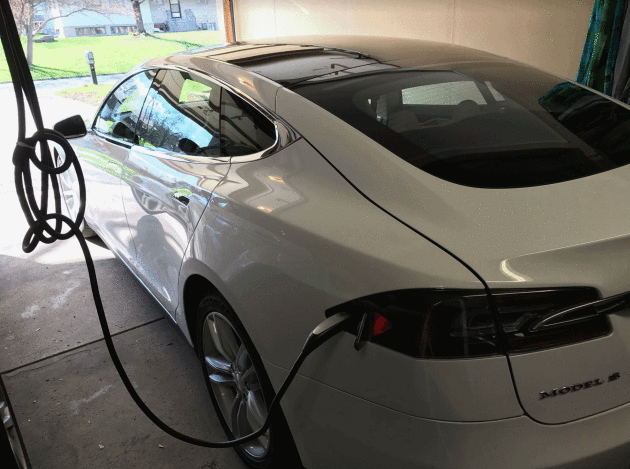
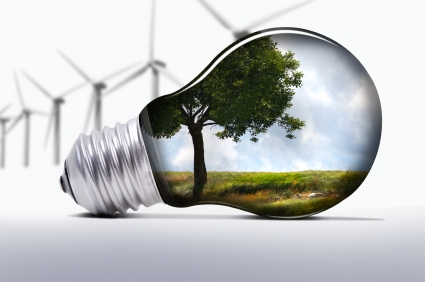
Target Corp. agreed to buy 100 megawatts of output from an Infinity Renewables wind project in Kansas. Power from the 474-megawatt Solomon Forks wind facility will help offset the energy used at 150 Target stores in the area, Santa Barbara, California-based Infinity said in an emailed statement Wednesday. Terms weren’t disclosed..." (File photo: Star Tribune).
File image: Kayana Szymczak, NYT, Redux.
This Type of Videogame May Actually Harm Your Brain. Fortune reports: "Video game effects on the brain have been heavily debated for decades, with a chief concern being that action video games like Call of Duty
influence aggressive and violent behavior. Some experts believe these
adverse effects have been overstated, but a new study from the
Université de Montréal has found habitually playing them may actually
harm your brain. Researchers had about 100 people play shooter games
like Call of Duty, Killzone, and Borderlands 2,
along with 3D Super Mario games for 90 hours. They found that
participants who favor their brain's caudate nucleus — an area
associated with the brain's reward system and habit formation — had less grey brain matter in their hippocampus after playing action games..."
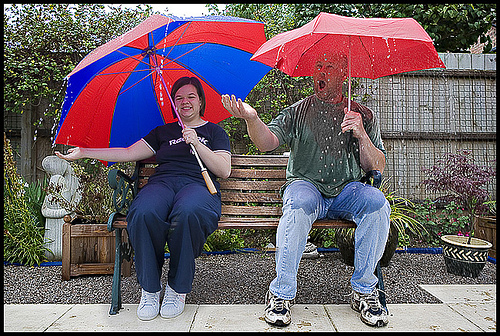
The Secret to Office Happiness Isn't Working Less - It's Caring Less. A subtle, yet important distinction, according to the author at Quartz: "We live in an age of “total work.” It’s a term coined by the German philosopher Josef Pieper just after World War II—describing the process by which human beings are transformed into workers, and the entirety of life is then transformed into work. Work becomes total when all of human life is centered around it; when everything else is not just subordinate to, but in the service of work. Leisure, festivity, and play come to resemble work—and then straight-up become it. Even our co-circular habits play into total work. People work out, rest and relax, eat well, and remain in good health for the sake of being more productive. We believe in working on ourselves as well as on our relationships. We think of our days off in terms of getting things done. And we take a good day to be a day in which we were productive..."
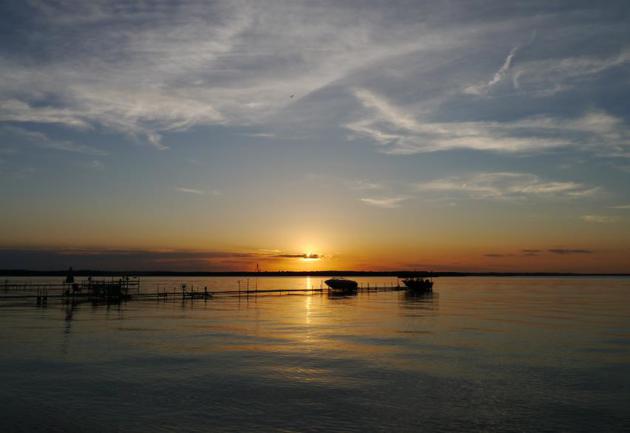
People in Rich Countries are Dying of Loneliness. A story at Quartz made me do a double-take: "Sociologists
have long been warning about the dangers of increased isolation thanks
to aging populations, scattered families, and cultures that promote the
individual over the collective. Now, new research analyzing previous
studies suggests people who fall into the loneliness trap are 50% more
likely to suffer an early death than those who remain socially
connected. Previous studies have found that as many as a third of Americans
are lonely....Such “epidemics,” while not confined to rich countries,
are linked to prominent features of affluent culture: longer life
expectancy, decreasing marriage rates, people having fewer children, more people getting divorced, and more people living alone..."


How America Lost Its Mind. Kurt Andersen reports at The Atlantic: "...Each
of us is on a spectrum somewhere between the poles of rational and
irrational. We all have hunches we can’t prove and superstitions that
make no sense. Some of my best friends are very religious, and others
believe in dubious conspiracy theories. What’s problematic is going
overboard—letting the subjective entirely override the objective;
thinking and acting as if opinions and feelings are just as true as
facts. The American experiment, the original embodiment of the great
Enlightenment idea of intellectual freedom, whereby every individual is
welcome to believe anything she wishes, has metastasized out of control.
From the start, our ultra-individualism was attached to epic dreams,
sometimes epic fantasies—every American one of God’s chosen people
building a custom-made utopia, all of us free to reinvent ourselves by
imagination and will. In America nowadays, those more exciting parts of
the Enlightenment idea have swamped the sober, rational, empirical parts..."
Image credit: R. Kikuo Johnson.
Drink Tea and Wine to Reduce Flu Symptoms, Says Research. Hey, it's science - have another glass of wine. Harper's Bazaar reports: "When you start feeling under the weather and want to stop flu
in its tracks, your answer could be as simple as heading to your wine
rack or putting on the kettle. Researchers from the Washington
University School of Medicine discovered that a compound found in foods
such as red wine, blueberries and black tea could help gut bacteria to
prevent severe influenza infections in mice, reports Spectator Health. It is thought that consuming the plant flavonoid compound before flu develops may reduce symptoms and flu's impact..."
Weather Presenter Loses It When a Giant Seagull Drops By. Check out the video, courtesy of The Dodo: "Tara Jean Stevens, co-host of the Canadian morning show Vancouver's Breakfast Television,
is responsible for delivering the forecast each day, but she certainly
didn't see this one coming. While presenting the weather on Tuesday,
Stevens was suddenly forced to share the airwaves with a scene-stealing
seagull. The bird, it seems, had decided to rest his wings directly in
front of the station's live skyline camera, making him look gargantuan.
It was almost like he knew exactly what he was doing. "I won't let him
distract me, though," Stevens said. Turns out, that was a promise she
couldn't keep..."
Shortest Scheduled Flight in the World? It goes 1.7 miles and lasts all of 90 seconds. No peanuts on this flight, according to Quartz.
TODAY: Plenty of sun, quiet. Winds: N 5-10. High: 77
FRIDAY NIGHT: Clear and pleasant. Low: 57
SATURDAY: Blue sky, nicer day of the weekend. Winds: N 3-8. High: near 80
SUNDAY: Few showers, risk of a T-shower. Winds: SE 5-10. Wake-up: 60. High: 75
MONDAY: Drying out, partly cloudy skies. Winds: SE 5-10. Wake-up: 60. High: 80
TUESDAY: Some sun, feeling a little stickier. Winds: S 10-15. Wake-up: 62. High: 82
WEDNESDAY: Showers and T-storms likely. Winds: S 10-15. Wake-up: 65. High: 77
THURSDAY: Sunshine returns, quite pleasant. Winds: NW 5-10. Wake-up: 64. High: 84
SATURDAY: Blue sky, nicer day of the weekend. Winds: N 3-8. High: near 80
SUNDAY: Few showers, risk of a T-shower. Winds: SE 5-10. Wake-up: 60. High: 75
MONDAY: Drying out, partly cloudy skies. Winds: SE 5-10. Wake-up: 60. High: 80
TUESDAY: Some sun, feeling a little stickier. Winds: S 10-15. Wake-up: 62. High: 82
WEDNESDAY: Showers and T-storms likely. Winds: S 10-15. Wake-up: 65. High: 77
THURSDAY: Sunshine returns, quite pleasant. Winds: NW 5-10. Wake-up: 64. High: 84
Climate Stories...
Photo credit: Carlos Tischler, NurPhoto/Sipa USA/TNS. "U.S. Secretary of Homeland Security John Kelly in Mexico City on Feb. 23, 2017. Kelly told a group of Latin American leaders on Friday, May 5, 2017, that the United States’ insatiable demand for illegal drugs has fueled the violence in Central America that’s driving migrants to the United States."
Sailing to the North Pole, Thanks to Global Warming. Here is an excerpt of an interview at NPR:
PEN HADOW: "We are not going to be able to carry on mindlessly taking whatever we want from the environment. And I think a lot of people are looking to this as a symbol for a new debate
.
KWONG: Because if two sailboats can get there, a whole universe of economic activity opens up around shipping and fishing. Both Russia and Denmark have filed claims for the North Pole, and other countries want to expand their Arctic territory, too. Unlike the South Pole, the North Pole has no legal protections. Hadow wants to shine a spotlight on the vulnerability of this region by being the first to get there.
HADOW: It is a strange challenge and ambition indeed - working very hard to put together a project that you don't actually want to succeed...."
File photo credit: Esther Horvath.
Yes, You Can Blame Climate Change for Extreme Weather. Not all extreme weather, but does a warmer (wetter) climate amplify heat, drought and rainfall rates? Yes. Connecting the dots with wildfires, hurricanes and severe local storms isn't nearly as clear-cut, at least not yet. Here's an excerpt from TIME.com: "...For years, careful climate scientists — and the politicians like Obama who listened to them — have avoided saying that any particular event was directly caused by climate change, even as they called for urgent action to address the issue. But researchers now say they can use a variety of approaches to show that climate change is all but certainly causing and worsening extreme weather events. A comprehensive new report from scientists at 13 federal agencies, published this week by the New York Times as it awaits review by the Trump administration, highlights the change in thinking. The scientists behind the report, leaders in their respective fields, say researchers can use statistical analysis, modeling and other methods to determine how much climate change increased the likelihood of a given event..."
Graphic credit: Lehmann et all, 2015.
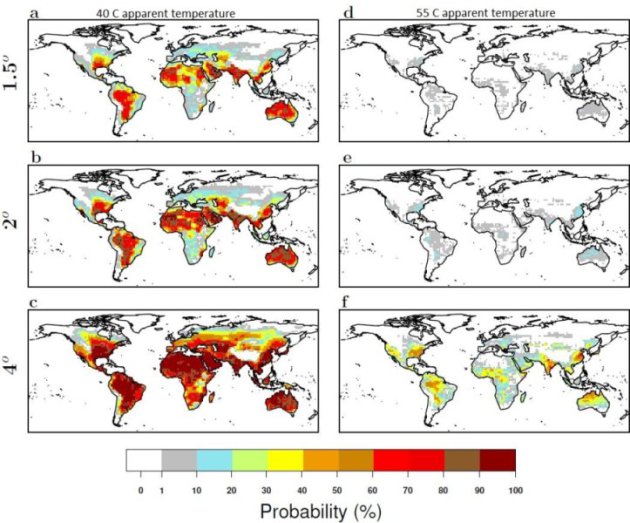
Image credit: "Millions to be exposed to extreme Humidity and heat globally." Credit: Image courtesy of European Commission, Joint Research Centre (JRC)
Image credit: "The Sentinel-2 satellite captured a wildfire burning in western Greenland." Credit: Pierre Markuse/flickr.
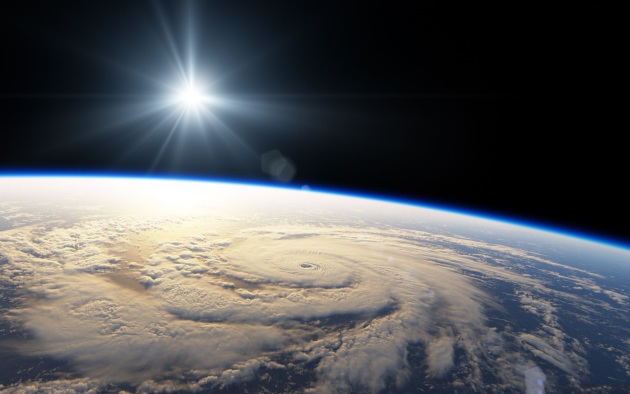
Photo credit: David Goldman/AP.
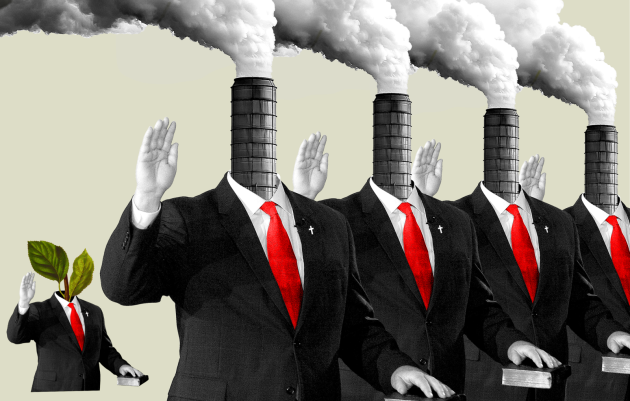
Illustration credit: Jim Cooke/GMG.
No comments:
Post a Comment